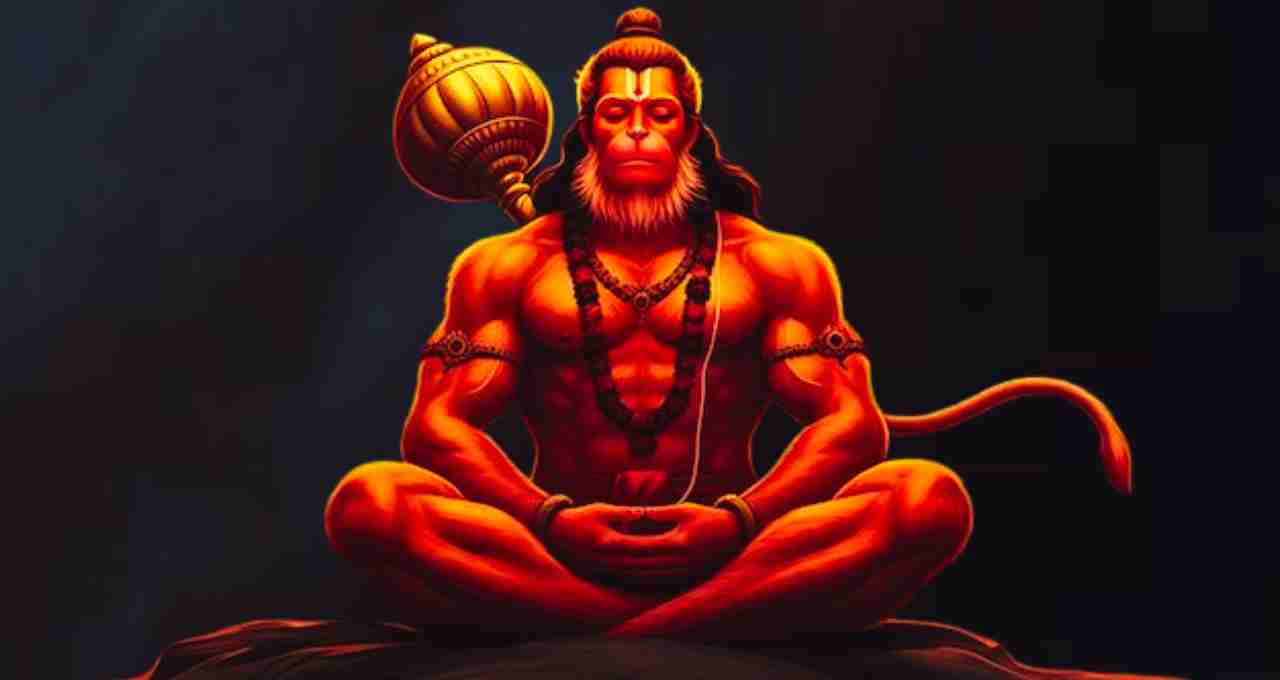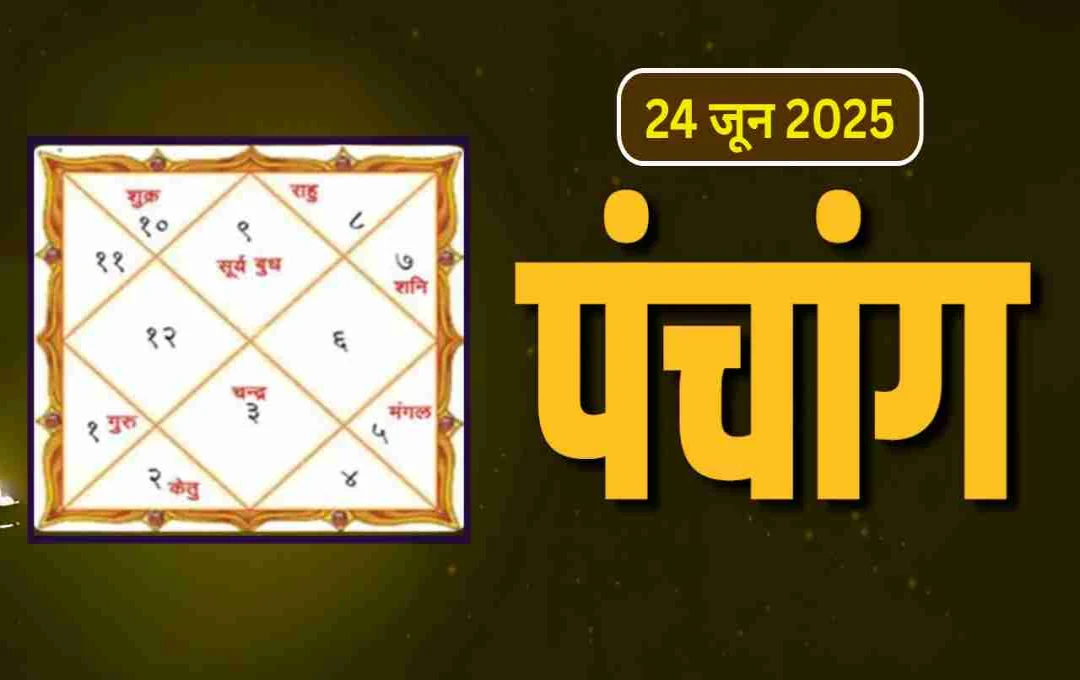The Ramcharitmanas is a priceless text in Hinduism, detailing the life, ideals, struggles, and victories of Lord Shri Ram. This epic poem comprises seven Kandas (cantos): Balakanda, Ayodhyakanda, Aranyakanda, Kishkindhakanda, Sundarakanda, Lankakanda, and Uttarakanda. Among these, the Sundarakanda holds special significance. It is not only religiously important but also profoundly impacts the reader mentally, spiritually, and socially.
However, a question often arises: why is this chapter called Sundarakanda (The Beautiful Canto)? What justifies calling this canto, filled with Hanuman's valorous deeds, "beautiful," when it also depicts war, destruction, and turmoil? Let's delve deeper into the name, importance, and benefits of Sundarakanda through this article.
Why Sundarakanda?

The name 'Sundarakanda' evokes positive and sweet feelings. However, its name isn't solely due to its language or narrative; several spiritual, symbolic, and historical reasons contribute:
1. Connection to Mount Sunder
The Valmiki Ramayana mentions that the mountain from which Hanuman leaped towards Lanka was named 'Mount Sunder.' Hanuman's divine mission began from this beautiful place, hence the chapter's name, 'Sundarakanda'.
2. Hanuman's Form
Hanuman's character is most prominently showcased in this canto – the beautiful confluence of his devotion, intellect, strength, humility, valor, and wisdom makes him 'beautiful.' Tulsidas himself refers to Hanuman as 'beautiful':
'सिंहिकाके प्राण हरे, लंकिनी मारी बाज।
सुंदर रूप धरि लंका माहीं, करि विचरण अति आज।'
(This translates roughly as: "He killed the lioness and the Lankini demon; taking a beautiful form, he roamed freely in Lanka.")
3. The 'Beautiful' Message to Sita
After her abduction by Ravana, this was the first time Sita received a message from Shri Ram. This message, the ring given by Hanuman, and his comfort became the first ray of hope for her. Therefore, this event is associated with 'beautiful news'.
4. Frequency of the Word 'Sunder'
The word 'Sunder' (beautiful) appears eight times in Sundarakanda. Sometimes it describes Hanuman's flight, sometimes the Ashok Vatika, sometimes Hanuman's dialogue, and sometimes the description of Lanka. This repeated use also contributes to the chapter's name.
5. Ashok Vatika – Symbol of Beauty
The Ashok Vatika in Lanka, where Sita resided, symbolized beauty, greenery, and serenity. Hanuman and Sita met there. This location and moment lend the canto the epithet 'Sundar' (beautiful).
Religious and Spiritual Significance of Sundarakanda

1. Centerpiece of Hanuman's Devotion and Power
Sundarakanda narrates Hanuman's valiant journey – crossing the ocean, slaying demons, entering Lanka, meeting Sita, warning Ravana, and setting Lanka ablaze. He performed all these actions with unwavering devotion, making this canto a message of both devotion and power.
2. Destruction of Fear, Distress, and Obstacles
It is believed that reciting Sundarakanda removes negative forces and obstacles. It acts as a reliever of distress and instills courage in life.
3. A Boon for Ram Devotees
Those who regularly recite Sundarakanda have their wishes fulfilled by Hanuman. This recitation calms the mind and provides spiritual balance.
Benefits of Reciting Sundarakanda
1. Liberation from Distress
Reciting Sundarakanda provides relief from any financial, mental, or physical distress in life.
2. Removal of Negativity
This recitation purifies and energizes the environment, bringing happiness, peace, and prosperity to the home.
3. Increased Self-Confidence
Inspiration from Hanuman's valor instills courage and determination.
4. Path of Devotion and Service
This canto teaches us that any impossible task can be achieved through sincere service, loyalty, and dedication.
Sundarakanda – A Source of Inspiration
Sundarakanda not only describes Hanuman's valor but also inspires individuals to overcome life's challenges. It teaches that true devotion, selfless service, and courage can conquer any difficulty.
Hanuman's form demonstrates that when the task is related to dharma (righteousness), the goal is service, and faith is present, no obstacle is insurmountable.
Sundarakanda is not just a chapter; it symbolizes Ram devotion, courage, and service. The beauty hidden within it is not just visual beauty, but the beauty of inner divinity, sacrifice, loyalty, and devotion. Hanuman's journey to Lanka is not just a mission, but an immortal story of the relationship between a devotee and God.















